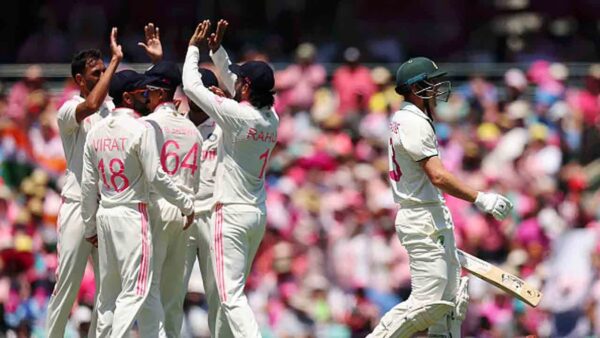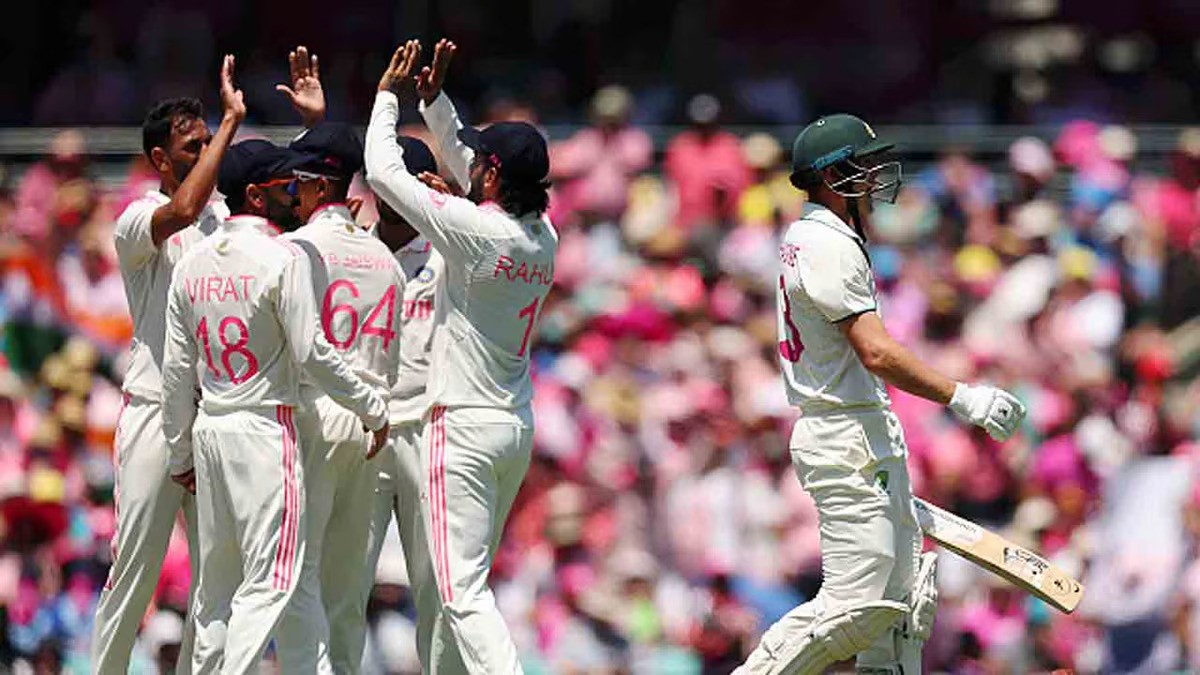
Let us delve deeper and understand the problems that could arise.

With the advent of short-format cricket and overseas T20 leagues, Test cricket has taken a backseat in a way. Thus, in a bid to revive the oldest cricket format, the concept of a two-tiered Test cricket system has been floating around for some time.
Now, the discussions have gained momentum after the recently-concluded Border Gavaskar Trophy (BGT) between Australia and India, which saw an impressive crowd attendance and broadcast viewership.
The respective boards of Australia (CA), India (BCCI), England (ECB), and the International Cricket Council(ICC) are at the centre of these conversations, which are still in a preliminary and nascent stage. The goal is to increase the frequency of fixtures between these top three cricketing nations.
ALSO READ: Overseas T20 League Onboards Son of Iconic Bollywood Actor As Investor and Co-Owner
While the idea sounds extremely lucrative and exciting, there could be massive downsides to dividing Test cricket into different tiers. Let us delve deeper and understand the problems that could arise.
Under the two-tier Test structure, India, England and Australia can play each other twice every three years instead of every four years.
One needs to understand that more of something doesn’t necessitate it would be better. Partly why the 2024/25 BGT was so successful is because it had a special feel to it. India toured Australia after a four-year gap which made it a highly anticipated event, one that fans wouldn’t want to miss. Had the tour happened just two years earlier, it might not have carried the same level of excitement.
Frequent encounters between India, England, and Australia could lead to overexposure, ultimately diminishing the appeal of such matchups and ending up being an overkill.
Creating a tier system will make the scales skewed in favour of the Big 3. The two-tier Test cricket system allows entry only by competing against teams ranked higher on the table. However, lower-ranked teams cannot improve if they aren’t given the chance to play against stronger opponents. Also, a two-tier Test structure would rob players of a chance of becoming overnight sensations and performing brilliantly against higher-ranked nations.
The only way to truly preserve Test cricket is to give lower-tier teams opportunities to face higher-ranked sides, enabling them to compete, assess their progress, and grow. Thus it raises an important issue about the true goal of such a system – if it is to protect the future of Test cricket or restrict it to an exclusive group.
Nations apart from the Big 3, even in the first division, would suffer revenue-wise. It is simply because if the three nations play each other more, it means fewer opportunities for the others to play against them and hence less revenue. The lower the revenue generated, the less priority is given to Test cricket, leading to a decline in the format’s prominence.
For more updates, follow CricXtasy on Facebook, Instagram, Twitter, Telegram, and YouTube.